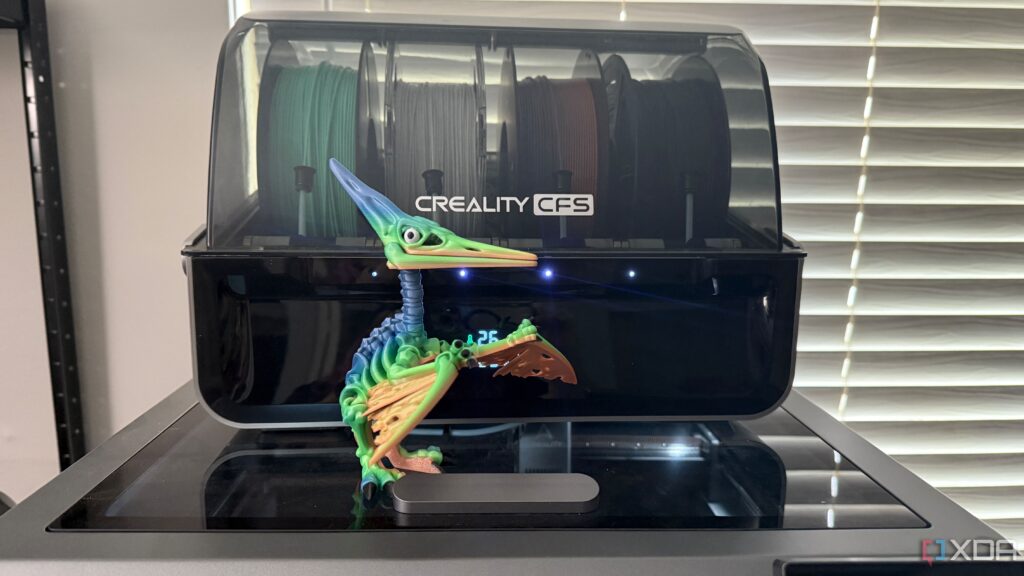
UPDATE: If you’re considering purchasing a 3D printer, new insights urge potential buyers to pause and reflect. The excitement of bringing ideas to life comes with significant challenges and costs, as experts warn that many newcomers are unprepared for the complexities involved.
Just announced by industry professionals, the reality of 3D printing is far from the effortless experience depicted in advertisements. Many buyers expect flawless results immediately, but this technology requires dedication and a willingness to learn.
Experts emphasize that most consumer-grade printers need meticulous setup and calibration before they can produce reliable prints. This includes managing bed leveling, nozzle calibration, and filament temperature tuning. The learning curve can be steep, and beginners often face numerous hurdles that can lead to frustration if they expect instant perfection.
What to expect: Failed prints are common, especially in the initial stages. Beginners frequently find themselves troubleshooting adhesion issues, cleaning nozzles, or adjusting print beds. Understanding these realities is crucial for newcomers to navigate their early experiences successfully.
Misconceptions abound: Many first-time buyers mistakenly believe that they can print anything they envision right out of the box. However, every design has limitations related to structural integrity and requires knowledge of material properties. Experts highlight that understanding the differences between filaments like PLA, PETG, and ABS is essential to avoid print failures.
In addition to the initial cost of a printer, hidden expenses quickly accumulate. Replacement parts, tools, and various filaments can add up significantly, especially during the learning phase. Maintenance is another critical factor; nozzles clog, and regular upkeep is necessary to keep printers functioning optimally.
Experts advise potential buyers to critically assess their needs and goals when choosing a printer. For those prioritizing reliability, closed-frame printers with automatic leveling may be ideal but come at a higher price. Alternatively, open-frame printers offer customization options but require more frequent tuning.
The time commitment should not be underestimated. Even minor prints can take several hours, with larger projects running overnight. Failed attempts mean wasted filament and time, reinforcing the importance of patience and persistence in this craft.
Despite these challenges, many enthusiasts find 3D printing immensely rewarding. The sense of accomplishment when successfully creating something from scratch is unparalleled. As users progress, they often shift from basic designs to modeling their own parts using software like Fusion 360 or Tinkercad.
Community support plays a vital role in this journey. Online forums and local maker groups are filled with individuals eager to share tips, designs, and encouragement, making the experience more collaborative and enriching.
FINAL THOUGHTS: Before diving into the world of 3D printing, potential buyers are urged to temper their expectations. This journey blends creativity and technical skill, and those who approach it with realistic goals are likely to find it profoundly satisfying. Research is essential, and understanding both the challenges and rewards will enhance the overall experience. If you’re ready to embark on this exciting path, prepare to invest time, effort, and enthusiasm to truly appreciate what 3D printing has to offer.





